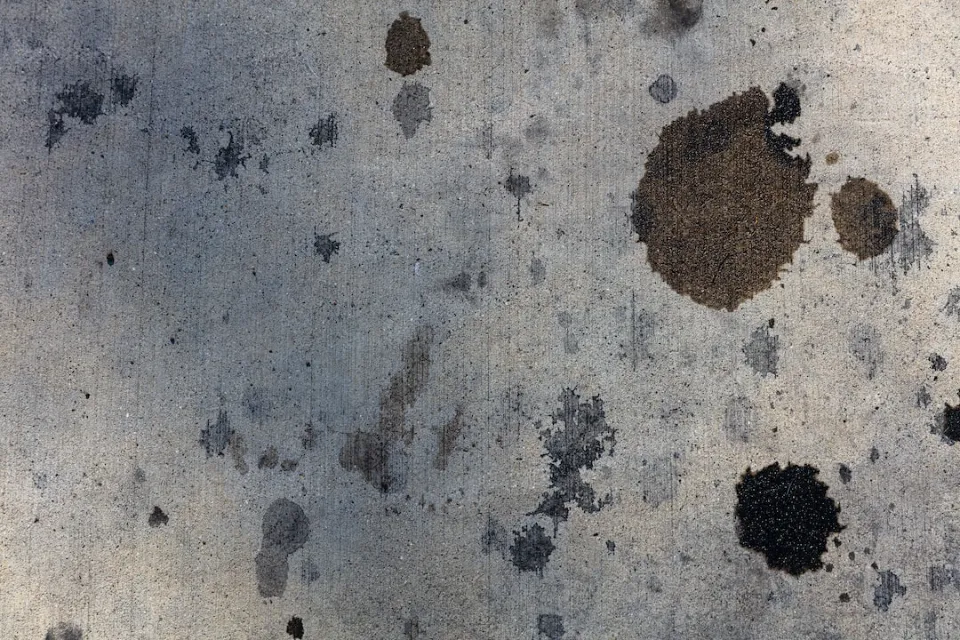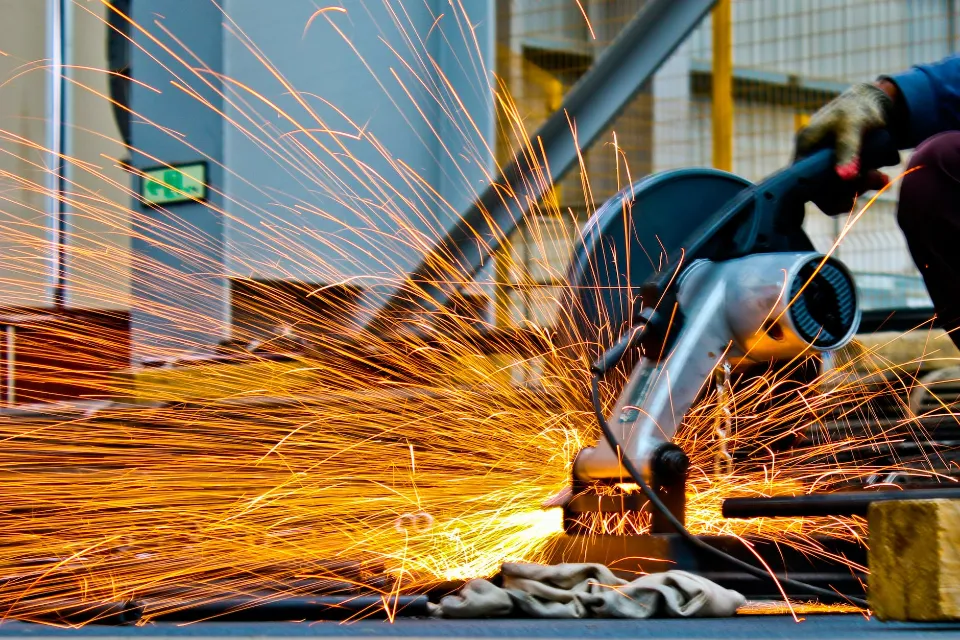
When a toilet starts running and doesn’t stop after the normal flush cycle, people often stare blankly at the tank wondering what the problem is or jiggle the flush valve to see if that fixes anything. There are a few easy things you can do to fix a running toilet, despite the fact that those solutions are useless.
If you aren’t too confident with plumbing tasks around the home, or these reasons below don’t account for why your toilet keeps running, then you will be better off calling in a professional to fix a running toilet.
Table of Contents
How Does A Toilet Work?
It’s important to understand the precise mechanics of a toilet in order to better understand why these problematic components cause the toilet to run. It’s a fairly easy matter to understand a toilet’s working parts by simply removing the tank lid and examining the parts inside:
- Water enters the toilet tank through the fill valve tube, and the flapper, a sizable gasket at the base of the flush valve that sits in the tank’s bottom, keeps it from leaving the tank.
- The float rod rises with the water as the tank fills, and the fill valve shuts off the flow of water when it reaches the desired water level. Beyond this point, the water may start to overflow into the overflow tube, which is intended to stop flooding by draining water before the tank overflows.
- The toilet can be flushed at this point. By depressing the handle or button, a chain fastened to the flush valve flapper is pulled. When the flapper opens, the water inside the tank is released.
- A secondary entry point known as a siphon jet may be present to help increase flushing power as the water rushes into the toilet bowl through evenly spaced rim holes.
- The water level rises as more liquid is introduced into the toilet bowl, opening the way for it to pass through the trap and into the main drain.
- The flapper returns to its original position, sealing the tank, and the water keeps flowing until the tank is empty.
The system is either allowing water to continuously flow through the flush valve flapper or the water inside the tank is flowing into the overflow tube if the toilet is continuously running. A few drops of the dye placed in the tank will allow you to quickly determine whether the overflow tube or toilet bowl is receiving the excess water.
If colored water enters the toilet bowl, the fill valve or overflow tube system is likely to be at fault; however, if clear water enters the bowl, the flush valve or flapper mechanism is likely to be at fault.
What Is Required To Fix A Running Toilet?
Tools
- Channel-lock pliers
- Bucket
- Towel, cloth, or sponge
- Screwdriver
Materials
- Flush valve
- Flush valve chain
- Fill valve
Why Does The Toilet Keep Running? How To Fix It?
The Float Is Too High
Your toilet may be running continuously due to the height of the float in its cistern, which is typically an easy DIY fix. The float of a toilet regulates the water levels in the cistern tank. It may resemble a ball, as in the cistern above, or it may resemble an upturned cup in newer toilets.

As you flush, the water leaves the tank, and the float drops; as it fills, it rises until it reaches “fill level,” at which point the water flow is stopped. The overflow tube and fill valve of the toilet should always be below this level.
If the toilet’s water level doesn’t stop rising, the float may be set too high and needs to be lowered. You might only be able to do this by bending the arm, or you might be able to quickly adjust it with a screwdriver. In older toilets, the float may also crack, which will cause it to sit incorrectly and necessitate replacement.
The Flapper Needs Replacing
The cistern tank’s bottom contains a small rubber stopper called a flapper, which controls whether the water flows into the toilet bowl or not by stopping or starting the flow. It raises during flushing and should seal after flushing to stop toilet water from running. You might discover that there is a tank ball rather than a flapper in older toilets.
Old flappers and tank balls don’t seal as well as new ones do, which can cause water to continuously drip or run into the toilet. The only remedy is to swap out the old item for a comparable one. You must drain the tank, turn off the toilet’s water supply, and flush the toilet to empty it in order to do this. After that, remove the chain and replace it with the new one.
The Chain To The Flapper Is The Wrong Length
Your flapper might be in good shape, and you’ll be able to tell if it is. But if the chain it is fastened to is too short or too long, it might not be sealing properly. If it is too short, it will pull the flapper away from the outlet; if it is too long, it might get tangled under the flapper and cause gaps in the seal.
The Refill Tube Is Too Long
A toilet may keep running if the refill tube is too long because it can draw water from the fill valve and into the tank. Remove it from the overflow and trip and clip it to the side of the overflow tube while holding it over the overflow opening to shorten it.
Getting Expert Plumbing Help
At any time during your repairs, if you feel uncomfortable with what you’re doing or make a colossal mistake, call your local plumber. They will be more than happy to assist you in resolving your toilet issue.
A skilled plumber can quickly assess the situation and offer a solution for your running toilet there and then. They have years of experience with running toilets and can solve the root of the problem on the spot, including helping lower your water bill. A qualified plumber will guarantee that the work is done correctly and stop additional damage from occurring.



